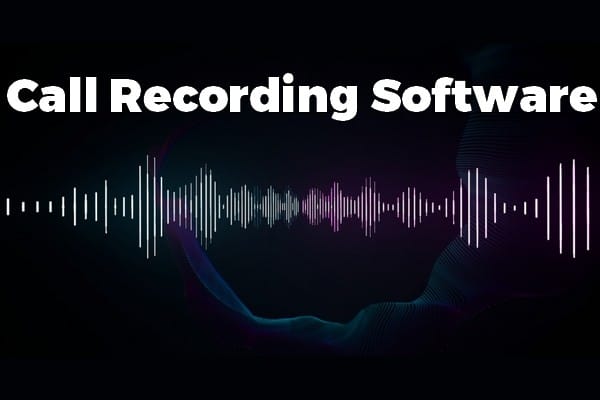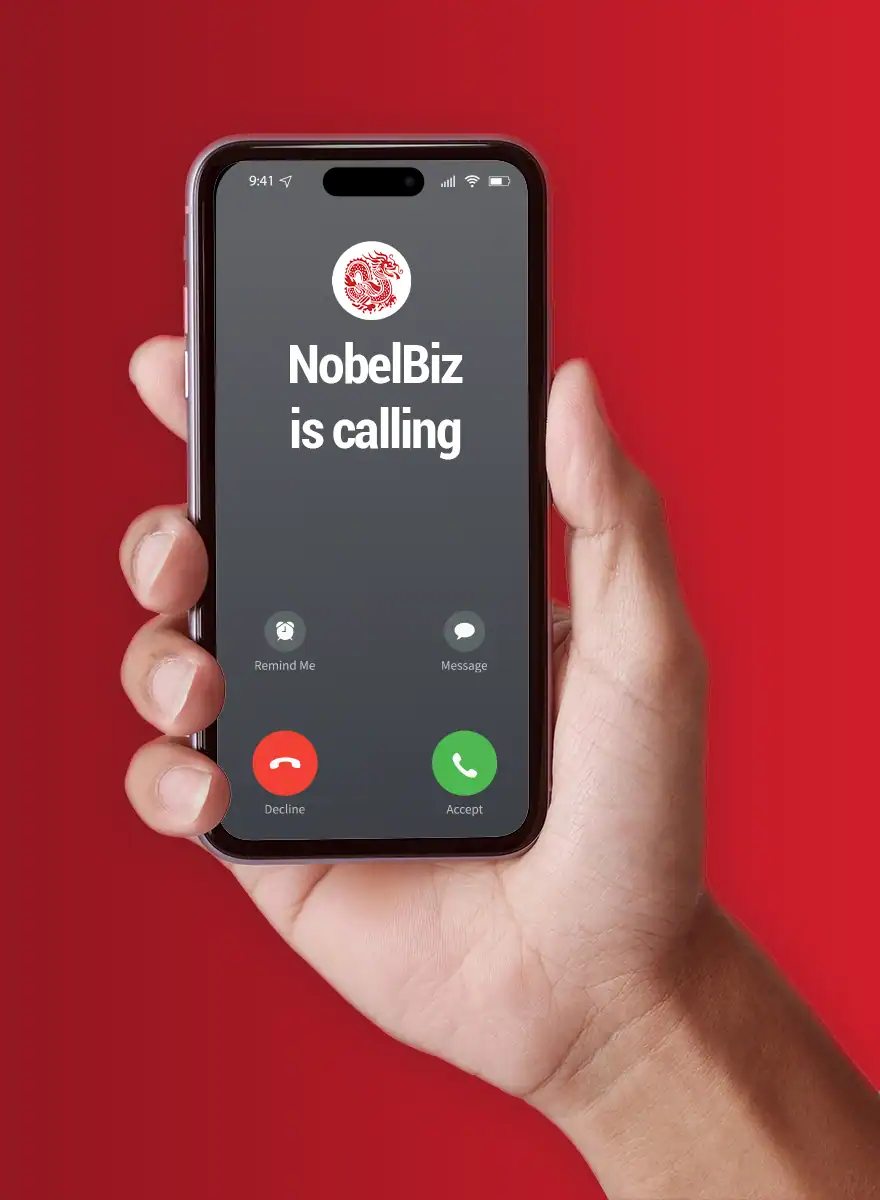Metrics like Customer survey ratings or average wait times will reveal a lot about the success of your contact center. However, data does not necessarily reveal the full story and provide you with a complete picture of the teams. Your managers may need to do call monitoring in order to understand the specifics of your contact center’s results.
This is the method of listening to client calls that evaluate an agent’s communication capabilities and identify possible opportunities for change. As a result, call recording software plays a critical role within the contact center, and here’s everything you should know about it.
The trends for Call Recording Software
Analytics solutions are becoming more common
Call recording systems were often offered as stand-alone implementations at first. However, this market segment has reached saturation, and today it is the related applications, such as voice or text processing, that are sold as a supplement to the main product being produced.
Since the data is delivered in a much simpler and more intuitive manner, the methods are easier to use. This removes the need for data analysts to analyze the data and makes these resources even more available to small and medium-sized businesses.
For many businesses, upgrading their call recording approach is part of a larger plan to shift their messaging infrastructure to the cloud. The cloud has undeniably proved its worth in terms of robustness, but there are certain things to think about when saving recordings in the cloud. For example, protection protocols and data storage methods can vary from one vendor to the next.
The Cloud’s appeal
Furthermore, providers that have analytics software, such as text interpretation or text analytics, often use third-party firms to provide these services and thus pass the data to these companies for retrieval. Companies considering such facilities should also be well informed of their providers’ practices and conduct a thorough assessment of protection and privacy.
However, Cloud infrastructures are generally very stable, robust, and redundant. They can be scaled as needed at a reduced cost and with greater ease than on-premise solutions. As a result, call recording in the cloud becomes a valid alternative. In reality, it is the preferred choice for contact centers transitioning to the cloud communications solutions such as softphone systems.
The significance of examining the whole consumer journey
Because of the diversity of platforms and the complexities of how customers communicate with brands, a greater understanding of the end-to-end customer experience is needed. Customer path research can be used to track and comprehend the whole operation, including understanding customer service successes and shortcomings.
Calls are, of course, one of the most important things to be studied, and capturing solutions must also be able to blend with this more comprehensive approach to consumer journey research. Customer journey mapping is mainly used by many companies today because it is still a relatively modern technology. However, its adoption is expanding, and more businesses are using it.
Artificial intelligence’s contribution
All acknowledge that AI has and will continue to have a significant effect on contact centers. In that regard, Robotic Process Automation is a highly promising field (RPA). Organizations are also investigating how artificial intelligence and machine learning can be used to simplify functions such as quality control.
Supervisors have traditionally spent a significant amount of time per week, more or less arbitrarily, responding to a multitude of calls in an effort to assess the preparation or mentoring needs of agents. By incorporating RPA into quality control, it is possible to track all calls other than a small sample and recognize requirements and patterns more thoroughly and rapidly.
Why should Contact Centers have a call recording system?
Running a contact center without listening to calls is akin to leading an orchestra without a maestro. Tempo and rhythm are paramount, and your managers must be able to detect when someone is playing wrong notes.
Reporting metrics are useful for plotting KPIs in a graph, but they won’t tell you whether a discussion extended or ended abruptly. Even call transcripts cannot capture behavior, consistency, and other complexities. And none of these options allow you to make a live point during an active call.
There are several reasons why you may want to track your agents, ranging from quality insurance, consistent performances to active training. We summarize it in two main points:
Evaluation of your agents
Call recording provides supervisors with a detailed view of each team member’s results. It may also pinpoint opportunities for change, both internally and jointly, in order to boost efficiency.
Did you notice that most of your agents consistently have bad performance on KPIs such as first call resolution? Listen in on a few of their recorded conversations with clients. These calls would almost certainly expose the source of the issue, whether it’s product awareness, service speed, or simply behavior. Listening to the calls, even if it shows that they are lengthy and that the agent is meticulous and poses outstanding follow-up questions.
Indeed, agents who do well are also worth listening to and If you keep an eye on those with the highest KPIs, you might discover the secret to their performances, which you can then share with the rest of the team.
Training
New agents need to accumulate experience very quickly. Listening to recorded calls is the most effective way to direct inexperienced or struggling agents for their next difficult calls. On the next interaction with a client, have real-time feedback or take notes. Then you should go over what they did right and where they can develop.
It’s also a smart idea to record calls for future references. Keep reminders of unique calls, whether positive or negative and use them to teach the teams the dos and don’ts of your campaign. It is wiser to only use recordings made by the previous staff. This will avoid embarrassing agents in front of their peers.
For new recruits, some preparation procedures include “mock calls.” While a mock case is a successful exercise, agents can also become familiar with real-life scenarios. The more call transcripts and directions you have, the better you will be able to show trainees what to expect as they put on a headset.
Agent preparation, particularly in contact centers that run inbound campaigns, enables consumers to receive the best possible service. It must be kept up to date: it is obviously targeted at newcomers, but it must also be followed up on over time. Recorded phone calls enable you to ensure ongoing preparation for your staff, such as discovering unexpected situations or responding to new client demands.
What is the process of call recording?
Call recording enables contact centers to achieve productivity in training agents and teams while optimizing quality and boosting performances. The next move is to figure out how to reliably archive phone calls and not all telephony systems are the same.
VoIP Technology
VoIP, or IP telephony applications, is the best solution for call recording. Why is this so? It’s as plain as that: this telephony machine makes calls over the internet. The service is quicker and has access to a plethora of specialized features. These capabilities are not available by traditional on-premise telephony or are only available in exchange for a time-consuming setup and management process.
CTI or Computer Telephony Integration
VoIP, on the other hand, allows for the convergence of telephony with contact centers due to the pairing of both telephony and IT, hence the term CTI or computer telephony integration. It is an efficiency booster for call center agents: the phone and the CRM are connected, and everything, including call recordings, is available from the same location. There is no longer any friction between the speech channel and the other instruments that agents use on a regular basis.
CTI is also a critical piece of software in contact center technology. It incorporates telephony into business tools such as CRM, ticketing, and ERP. In the CRM, an agent telephone banner, client file input on an incoming message, and click-to-call directly from a contact file are all possibilities. There are several benefits of using CTI. If your contact center records a call, you can also access the audio file directly from the contact record with proper integration.
Analysis and Transcription
Through combination with other technologies that use artificial intelligence and call transcription, IP telephony will go much deeper in call analysis. There is no need to manually transcribe recordings, which saves a large amount of time. This enables agents and supervisors to have access to the call script for better exploitation.
Best practices for Supervisors
 Supervisors can need to pause during the call rather than after. This is particularly common during the training process, as new agents have difficulty answering customer questions and demands.
Supervisors can need to pause during the call rather than after. This is particularly common during the training process, as new agents have difficulty answering customer questions and demands.
After all, you don’t want to see a novice agent get entangled in a call, even though it’s a learning opportunity for him. The end goal for your business is to always address a customer’s problem as easily and effectively as possible, even though it means talking through your own headphones. Here are the most efficient supervisory practices.
Supervisors will interfere and eventually implement changes within the campaigns by monitoring live calls. There are three processes, each of which necessitates a particular degree of intervention on the part of the supervisor:
Eavesdropping
A supervisor will listen in on a call that has already started without the agent or customer noticing. This technique reduces a supervisor’s ability to offer input, but it will make agents less anxious if they are unaware that they are being watched.
This method of call tracking can seem to be shady, but it is an effective way to assess an agent’s normal results. They won’t want to impress you, but you’ll get an accurate picture of their calls. Furthermore, knowing that every call can be tracked can motivate agents to bring more time into each call.
Call whispering
A manager who is listening in on the call will speak to the agent without being heard by the client as if whispering suggestions into the customer’s ear.
Direct intervention
At any time, a supervisor listening in on the call will reach out and continue talking with the agent and customer. This approach is ideal for when agents are already in training since you will need to step in and lead the call. In general, using this option for calls is excellent when you know you can fix a customer’s problem quicker than the agent.
It’s important to understand that live listening and call recording aren’t mutually exclusive choices. You can monitor customer calls, whisper, or interject into those conversations with the right software.
How does NobelBiz enhance supervisors?
We have our sights set on empowering contact centers to have meaningful interactions with Omni+. A cloud contact center solution that keeps you atop industry trends, helping you connect with your customers on their favorite communication channels.
As for your supervisors, NobelBiz OMNI+ helps them meet and exceed your business goals by offering your agents real-time supervision capabilities with our highly performant management tools. Such as:
- Web-based interface
- WebRTC enabled
- Campaign KPIs
- Agent KPIs
- Call list performance monitoring
- Call Recording
- Call Whispering
- Agent performance
- Call results
- Historical interval reporting
- SLAs and metrics
- Monitor, coach, and barge-in interactive
- Toolbar
Plus with our automated monitoring capability, it’s simple to keep track of client history, agent contacts, and schedules, and all the challenges the team encountered/solved.
Conclusion: Most agents prefer call recording
Indeed, most agents would rather make their supervisors and managers monitor customer calls than listen to them live. It might be less difficult to revisit the exchange after it has occurred rather than have the supervisor analyze it in real-time.
Furthermore, registered calls are excellent instructional materials for agents. Instead of simply voicing the thoughts during a live call, pause the recording and describe in-depth the mistakes agents made. Call recordings may also be used as instructional models for other agents.
Most cloud-based contact centers will archive consumer calls. Some CRM systems can also automatically link call records to corresponding service tickets, making it easier for agents to locate them. If an agent has to pass a support ticket to another agent, the call recording will help.

Abdelmounim Benharouga has always had a strong passion for writing and digital marketing. He started as a Digital Content Writer part of marketing department then moved to being Customer Success Manager for the African Region within the Nobelbiz team.







